Trading : 7am to 5pm (Mon-Sun)
Call Us : (03) 7071 0777
Email Us : sales@primalhunter.com.au
NEED HELP?
Hours: 7am-5pm (Mon-Sun)
Ph: (03) 7071 0777
E:sales@primalhunter.com.au

Thermal clip-on devices have revolutionized low-light and night-time shooting, offering hunters and shooters the ability to transform their regular day scopes into powerful thermal optics. But before you dive in and make the investment, there are a few critical things you need to know to ensure compatibility, performance, and long-term satisfaction with your setup.
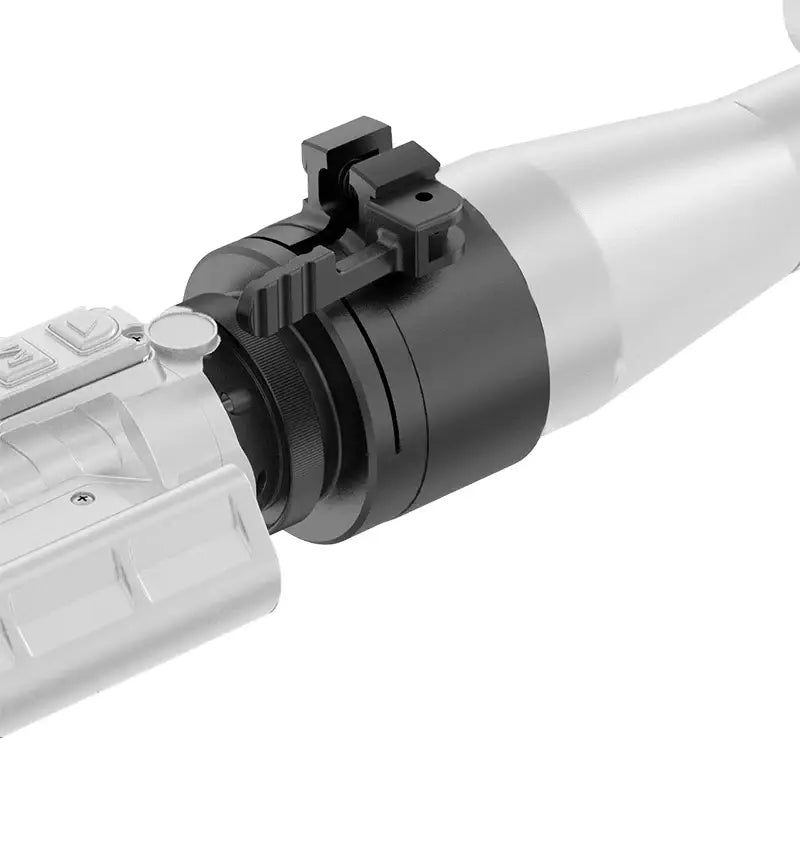
(Guide Thermal's propreitary clip on adaptor is an example of a standard adaptor design)
Here are the three important/overlooked things to consider before purchasing a thermal clip-on adaptor:
One of the biggest and often overlooked limitations of thermal clip-ons is their compatibility with your day scope’s base magnification. Most thermal clip-ons are designed to function optimally when paired with scopes that have a base magnification of 3x to 4x.
Exceeding this can lead to interface issues such as menu distortion, reduced image quality, or exaggerated digital overlays when viewed through the day scope.
However, not all clip-ons are created equal. Some newer or higher-end models offer settings that allow you to adjust the thermal display or re-scale menus, enabling them to work with higher magnifications—even up to 15x in certain cases.
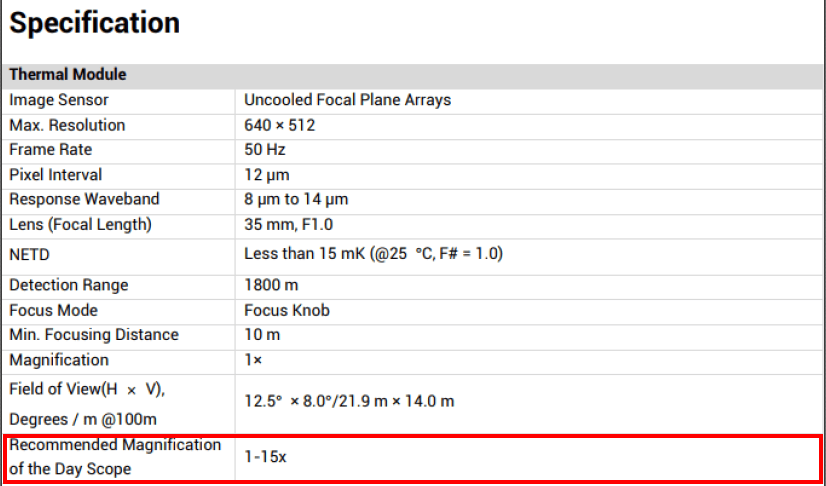
(Spec sheets will often state recommended magnification of day scopes. Take this data sheet for the Hikmicro Thunder TH35C 3.0 for instance)
If you typically shoot at higher magnifications, be sure to look for a thermal clip-on with these advanced adjustment capabilities. Otherwise, you might find yourself frustrated by a bloated or unusable display.
When it comes to mounting your thermal clip-on, there’s no universal adaptor—you’ll need one that’s compatible with your specific day scope. This is where many people get overwhelmed, because there are a lot of adaptor options out there: from proprietary systems provided by the thermal brands themselves, to third-party solutions like Rusan or Precise Hunting.

The first and most important step is to accurately measure the outside diameter of your scope’s objective bell, which is where the adaptor will mount. Use a caliper for this— as some adaptors have tolerances as tight as 0.2mm, so precision matters.
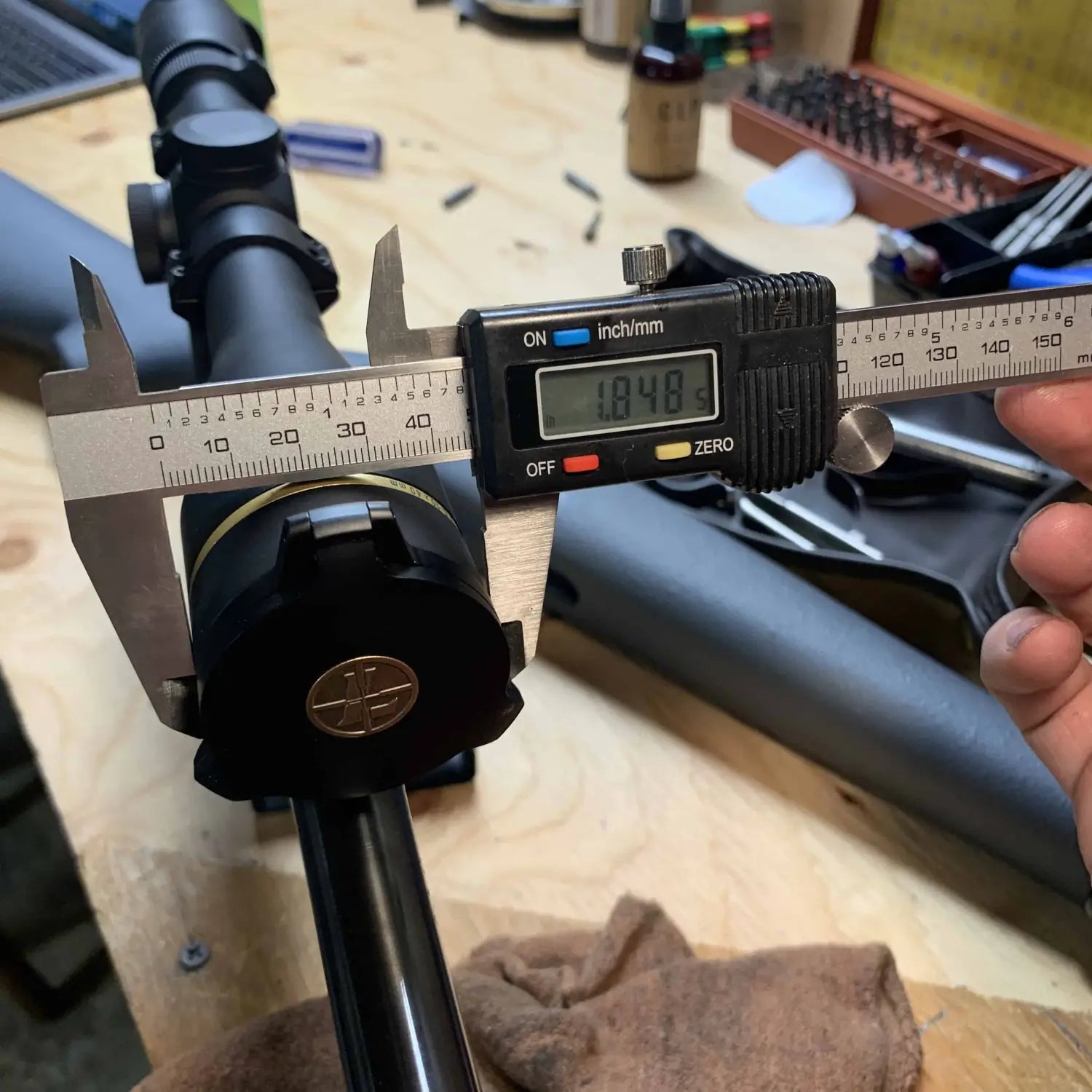
Once you have your measurement, it's time to choose a clip on adaptor. Read through the options below to determine which adaptor style best suits your needs, budget, and expectations for performance:
Each option has its pros and cons, and selecting the wrong one can lead to a poor fit, shift in zero, or long-term durability issues. So pay attention to determine the best fit for your setup/situation.
These are designed to work seamlessly with the thermal unit. They typically screw onto the clip-on on one end and clamp around your scope’s bell on the other. They sometimes include rubber shims to accommodate a range of different objective bell sizes.

Pros:
Super easy to use—plug and play
Usually budget-friendly
No extra parts needed
Cons:
Rubber shims can wear down over time
Limited size options
Can lead to movement or shift in zero with heavy use
If you’re after a tighter fit and better long-term reliability, brands like Rusan offer clamp adaptors with more size increments and no need for rubber shims.
Key tip: Double-check your thermal’s thread size. Even similar models (like the Hikmicro Thunder and Thunder 2.0) use different threads and need specific adaptors.
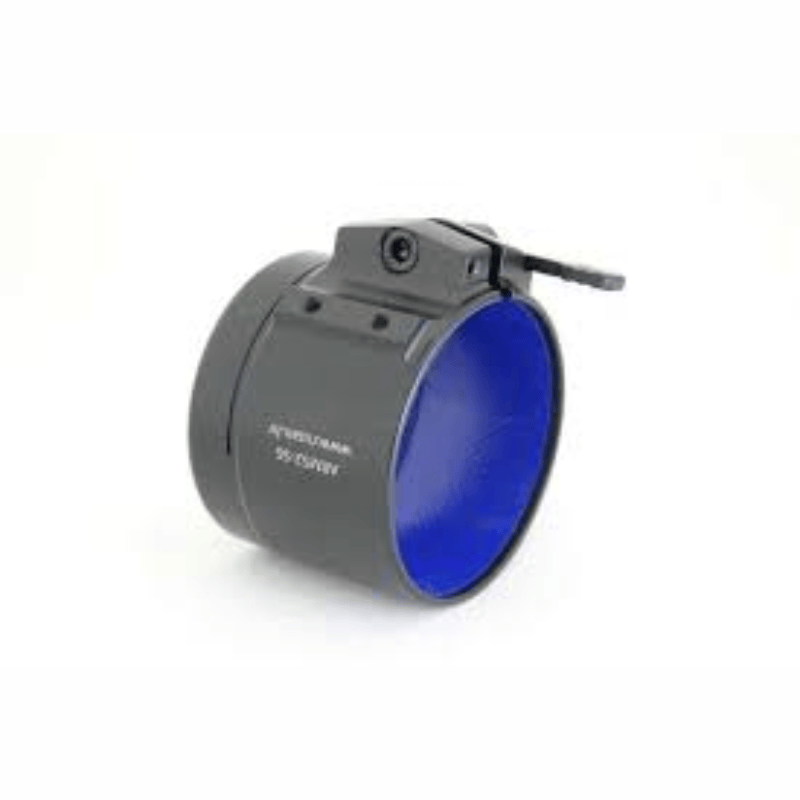
Important: You might also need additional parts like connectors or reduction rings depending on your specific thermal clip on brand/model.
Pros:
More size options = better fit
No rubber = more consistent zero
Simple to set up once you’ve got the right part
Cons:
You must measure accurately
May require extra bits (connectors, reduction rings)
Some sizes can be hard to find
Generally more expensive than proprietary options
If you’re chasing the most reliable, repeatable, and rock-solid setup, this is the way to go. The Precise Hunting system includes a custom-machined base clamp (fixed to your scope) and a matching DUO connector that attaches to your thermal clip on.
You’ll need to be spot-on with your scope measurements, as these adaptors are designed to fit tight (0.2mm tolerance)—no rubber, no play.

Important: You’ll also need to confirm the thread type/size of your thermal clip-on for the correct DUO connector
Pros:
Holds zero exceptionally well
No rubber
Huge range to suit various day scope objective bell sizes
Optional extras available (monocular eyepiece, caps, etc.)
Cons:
Most expensive option
Requires multiple parts (connector + base clamp)
Setup takes a little longer
Precision measurement is critical (needs to be accurate to 0.2mm)
A frequent misunderstanding with thermal clip-ons is around magnification. While many thermal devices have variable zoom capabilities, this only applies when they’re used as in monocular mode—which also usually requires a separate eyepiece.
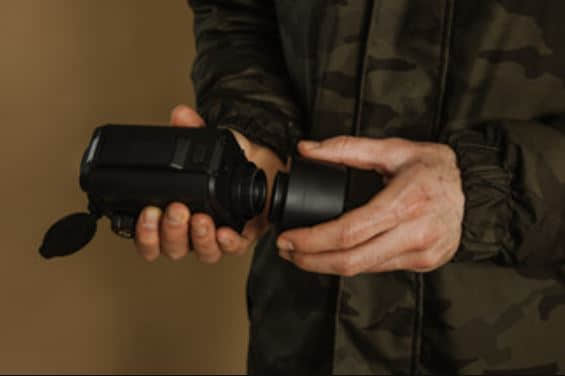
(Hikmicro eyepiece attached to a Hikmicro thermal clip on ready to use as a monocular)
When used in clip-on mode, the thermal device relies entirely on the magnification of your day scope. So, if you’re expecting to digitally zoom using the clip-on while it's mounted, that’s not how it works.
In clip-on mode, the thermal image is essentially “passed through” your day scope's optics, and any digital magnification function is disabled to preserve image fidelity.
So remember:
In clip-on mode = you’re using your day scope’s base mag.
In monocular mode = you can use the thermal device’s digital zoom (with a separate eyepiece).
Buying a thermal clip-on and the right adaptor setup isn’t as simple as clicking “add to cart.” Compatibility with your day scope’s magnification, precise adaptor fitment, and an understanding of how magnification really works in clip-on mode are all critical factors to consider.
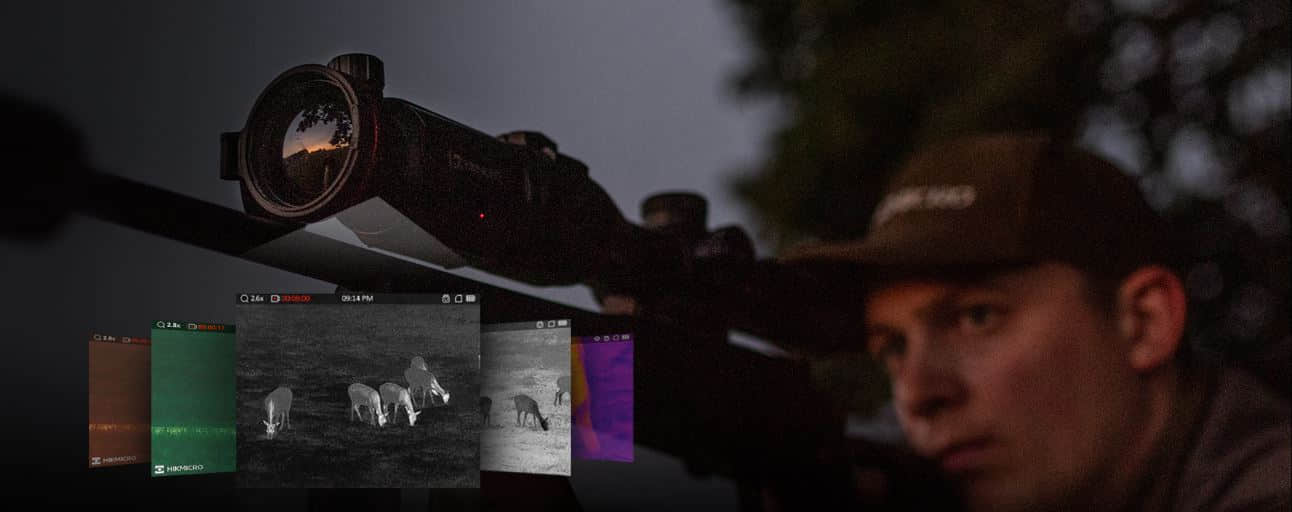
Do your homework, measure twice (or three times), and don’t be afraid to reach out to a knowledgeable retailer before pulling the trigger. The right setup can completely transform your night shooting game—just make sure you're building it the right way from the start.
Want help picking the right adaptor or have questions about your specific setup? Drop a comment or contact us—we’re here to help.
Leave a comment